
Originally a spin-off from the Department of Organic Chemistry at the University of Santiago de Compostela (USC), Mestrelab Research S.L. has evolved into a leading provider of software solutions for the chemistry community. With a strong foundation in analytical chemistry, we develop innovative products and tailored services for both academic and industrial applications.
Mestrelab continues to grow rapidly, with a talented team based at our headquarters in Santiago de Compostela (Spain) and across various locations in Europe, Asia, and the USA.
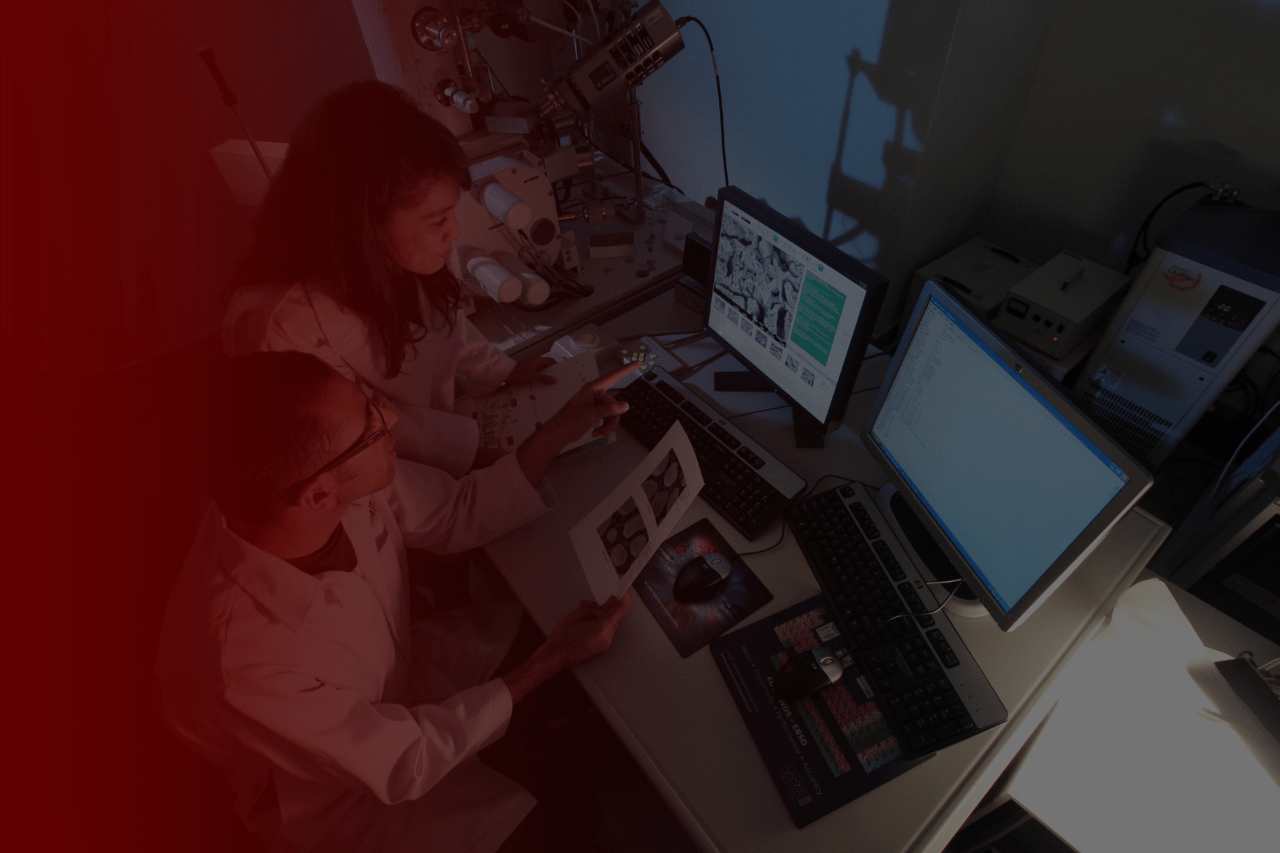
Mission
To deliver top quality software tools for the scientific research community and to continuously strive to attain state-of-the-art in Graphical User Interfaces, software integration and software science.

Vision
We believe that scientific software development should be both challenging and enjoyable, and this principle forms the foundation of our vision, which is further explained below.
Uncompromising Quality
Customer-Centric Approach
Accessible Innovation
Ethical Standards
Exceptional Support
Approachable and Trusted
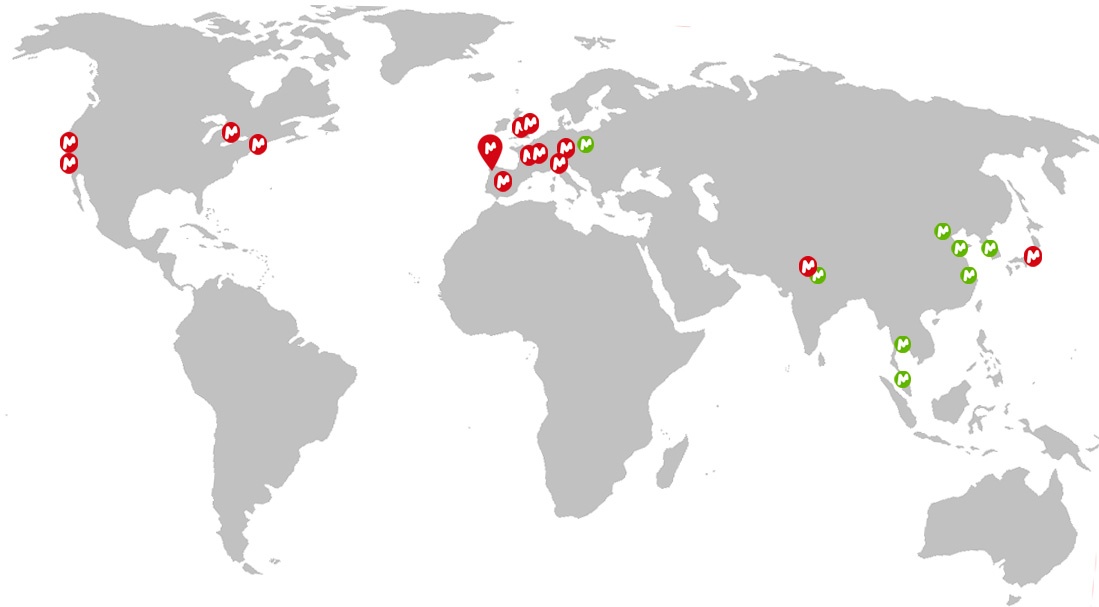
Our Global Presence
Our team is our greatest asset, representing a wealth of experience and expertise. We are an international company with a diverse group of professionals located across multiple countries.
- Spain: 75% of our team is based in Santiago de Compostela, our headquarters.
- United States: Offices on both the East and West coasts.
- Europe: Team members in Austria, France, the UK, Italy, Switzerland, and Germany.
- Asia: Presence in New Delhi, India, and Yokohama, Japan.
- China: Preparing to open a new office soon.
Additionally, we collaborate with resellers in China, Korea, Poland, India, Thailand, Vietnam, the Philippines, Malaysia, and Indonesia. Feel free to contact them here.
History
Mestrelab Research – A Fast Growing Company
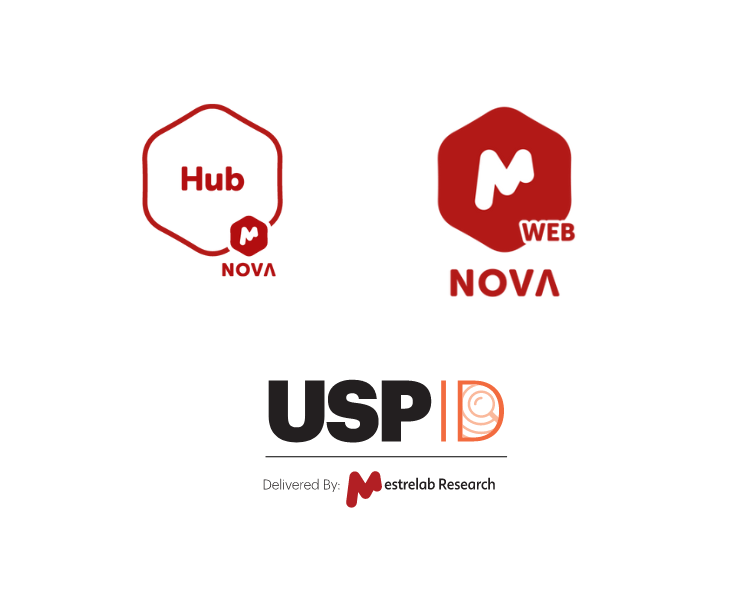
2024
Mestrelab launches its inaugural podcast episode, focusing on lab automation and integration stories.
The company partners with the U.S. Pharmacopeia (USP) to provide USP-ID via the Mnova platform. Additionally, Mestrelab introduces new solutions including the Mnova Purification Suite, Mnova Web, and Mnova Hub.

2023
Mestrelab Research, in collaboration with ZONTAL, Arxspan, and Optimal, joins Bruker’s SciY platform to provide vendor-agnostic solutions for digitalizing and automating life sciences and biopharma workflows, enhancing data integration and accelerating R&D processes.
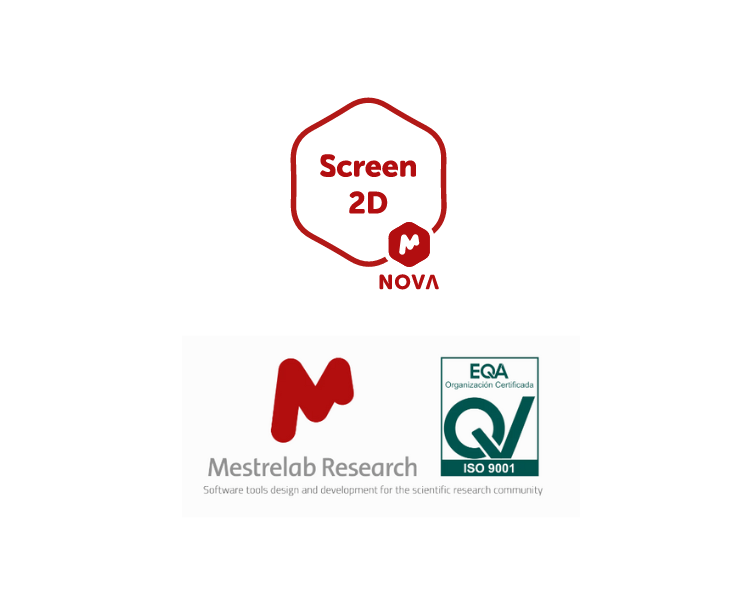
2022
The release of Mnova 14.3 introduces the Screen 2D plugin and new automation tools designed for high-throughput LC/GC-MS analyses.
Mestrelab obtains ISO 9001 certification and secures funding to establish the Mestrelab Research Center (CIM).

2021
Mestrelab unveils Mnova 14.2.1 and 14.2.2, featuring seven new automation plugins: Mpublish, Peak Report, Multiplet Report, IUPAC Name, MS Scan, DB Search, and SMA. Additionally, they launch Mbook 3.0 with multiple licensing options for labs in synthetic and analytical chemistry.
ZONTAL and Mestrelab announce platform integration to advance analytical data management.

2020
Amid the COVID-19 pandemic, Mestrelab offers over 10 free online training courses to support remote learning.
The company also releases QC Profiling an automation workflow to QC DNA-encoded libraries, and partners with Arxspan to integrate their ELN with automated data processing and reporting.
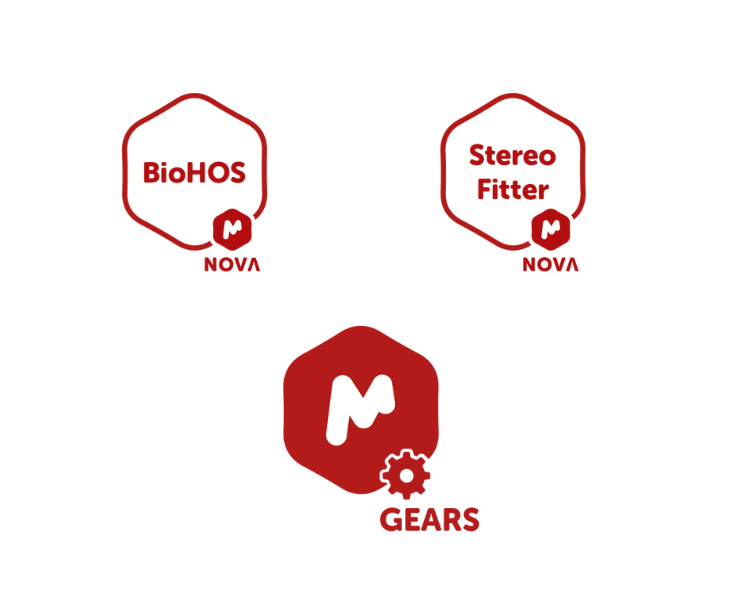
2019
Release of Mnova 14 with many new tools and three new products:
Mnova BioHOS: Determination of a biologic drug’s higher order structure
Mnova Gears: Build automated workflows for your analytical data
Mnova StereoFitter: 3D structural elucidation analysis
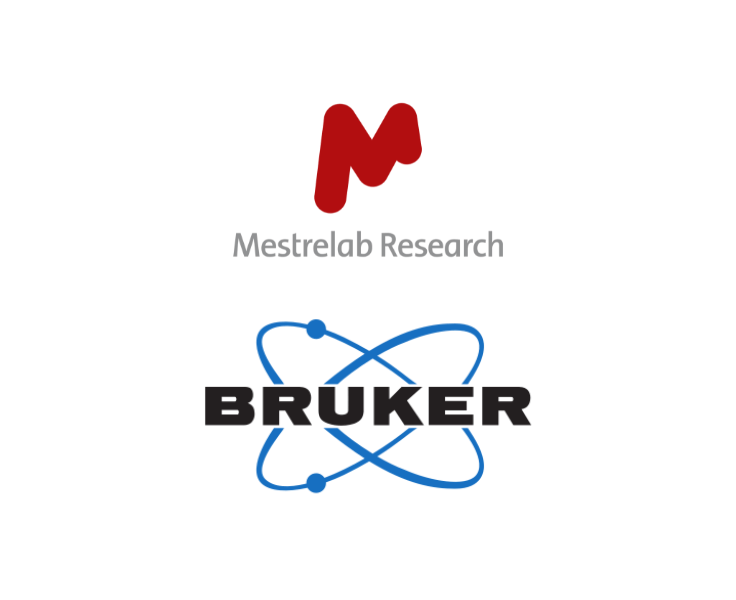
2018
Mestrelab and Bruker announce strategic collaboration and partnership for chemistry and pharma software applications.
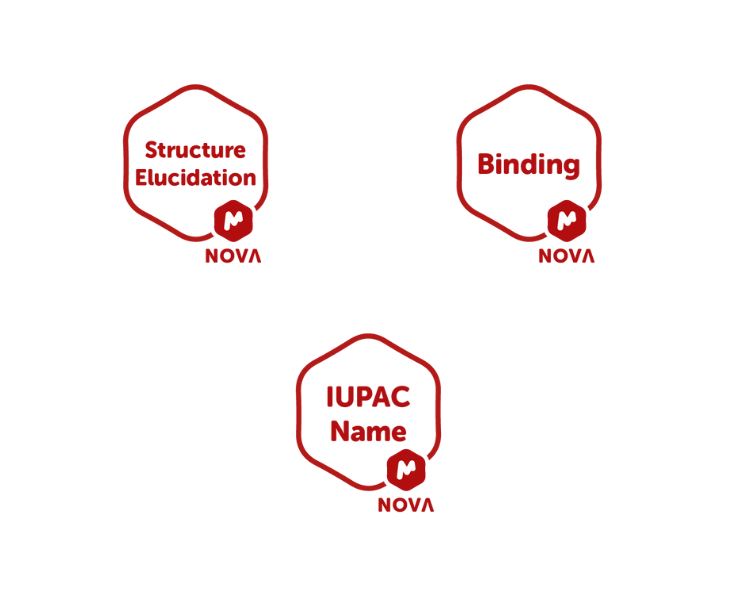
2017
Release of Mnova 12! With new user interface control (Ribbon Menu), 64-bit version, qGSD: Taking qNMR to its limits, SMA New features and three new products:
Structure Elucidation: From NMR data to structure elucidation in a simple workflow
Mnova Binding: Chemical Shift Perturbation analysis (CSP) for fragment-based drug discovery
Mnova IUPAC Name: Names can be generated for drawn structures

2016
The office in Santiago doubles in size with a glorious table football.
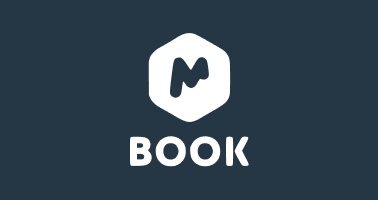
2015
Three very different products are released:
SMA, a plugin for simple mixture analysis.
Mbook, the Electronic Laboratory Notebook for the synthetic chemist.
The Mnova NMR app for tablet devices.
Collaboration agreement with Origenis GmbH to develop a set of physico-chemical property prediction plugin for Mestrelab software products.

2014
Screen plugin for high-throughput ligand-protein binding analysis is released.

2013
Reaction Monitoring plugin for NMR-based reaction kinetics studies is released.
Reseller agreement with Origenis GmbH to sell Origenis’ Cippix patent database and analysis software.
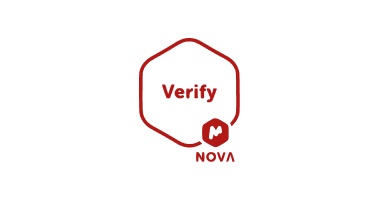
2012
Two advanced plugins are released:
Verify plugin for auto structure verification.
qNMR plugin for quantitative NMR analysis.
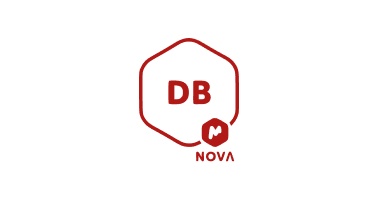
2011
DB plugin for Database Management of NMR and MS.

2009
In collaboration with Sierra Analytics, Mnova MS, the Mass Spec plugin for LC/GC/MS data analysis is released.
Global Spectral Deconvolution (GSD) algorithm is released for the NMR application.
A new and larger office is opened in Santiago de Compostela.

2008
Mestrelab becomes shareholder of eMolecules.
US Office is opened.
First visit and business agreements in China evolve in the right direction.

2007
The number of MestReC users exceeds 50,000 by March. The company has grown steadily, with the number of employees increasing from one initially to 18 currently, and with its emphasis still strongly focused on R&D.
In April, the company effected a further major step forward with the release of MestReNova (Mnova), its Chemistry Software Suite initially focused on NMR processing and analysis multiplatform software, the result of a 2 year R&D project.
Varian Inc. distribution agreement takes place.
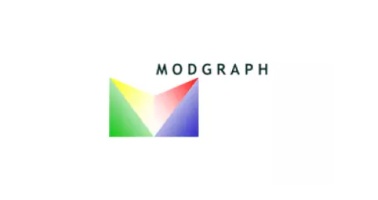
2006
In collaboration with Modgraph Consultants Ltd. NMRPredict Desktop’s plugin is released for NMR spectral prediction for chemical structures.
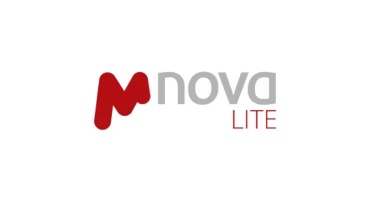
2005
MestReC Lite bundled in ChemOffice.
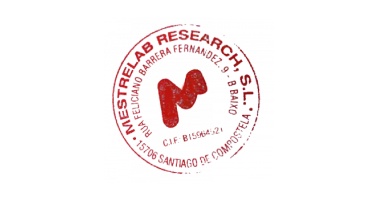
2004
Due to the great popularity attained by the application, with over 19,000 satisfied users around the world at that point, the decision was taken by the MestReC team to create a commercial spin-off from the University.
Mestrelab Research SL is founded in December by Carlos Cobas, Javier Sardina and Santiago Dominguez with the main objective of ensuring the long term sustainability of MestReC application as well as an excellent level of technical support to its users.

2000
The software is upgraded to MestrReC 4.0 (1D and 2D NMR) and gets expanded quickly across the world for data processing and simulation in the field of Nuclear Magnetic Resonance Spectroscopy.

1996
MestReC 1.3 (1D NMR) data processing is developed and made available online as a freeware to all potential users both in academia and the industrial world.
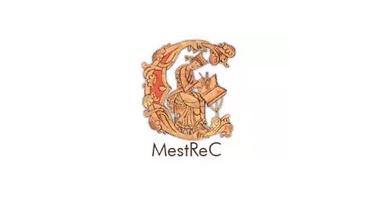
1995
Carlos Cobas starts a research project, under the supervision of Professor Javier Sardina at the University of Santiago de Compostela in Spain.